Pommie revisits the Yamaha XSR900 in Kenny Roberts guise, to match his own 1981 RD350LC.... Test: Tony ‘Pommie’ Wilding, Photography: Tony Wilding & Graham Bain
It’s almost been two years since I rode the first XSR900 (full review here), so we thought it would be a good idea to get the 2018 model that Yamaha have done as a special, in the Kenny Roberts colours and have a bit of a recap.
Although the XSR hasn’t really changed in that time, it’s still a great bike and the fact that I also had my own 1981 Kenny Roberts RD350LC (check out the restoration story here) along for the ride made it even more special.
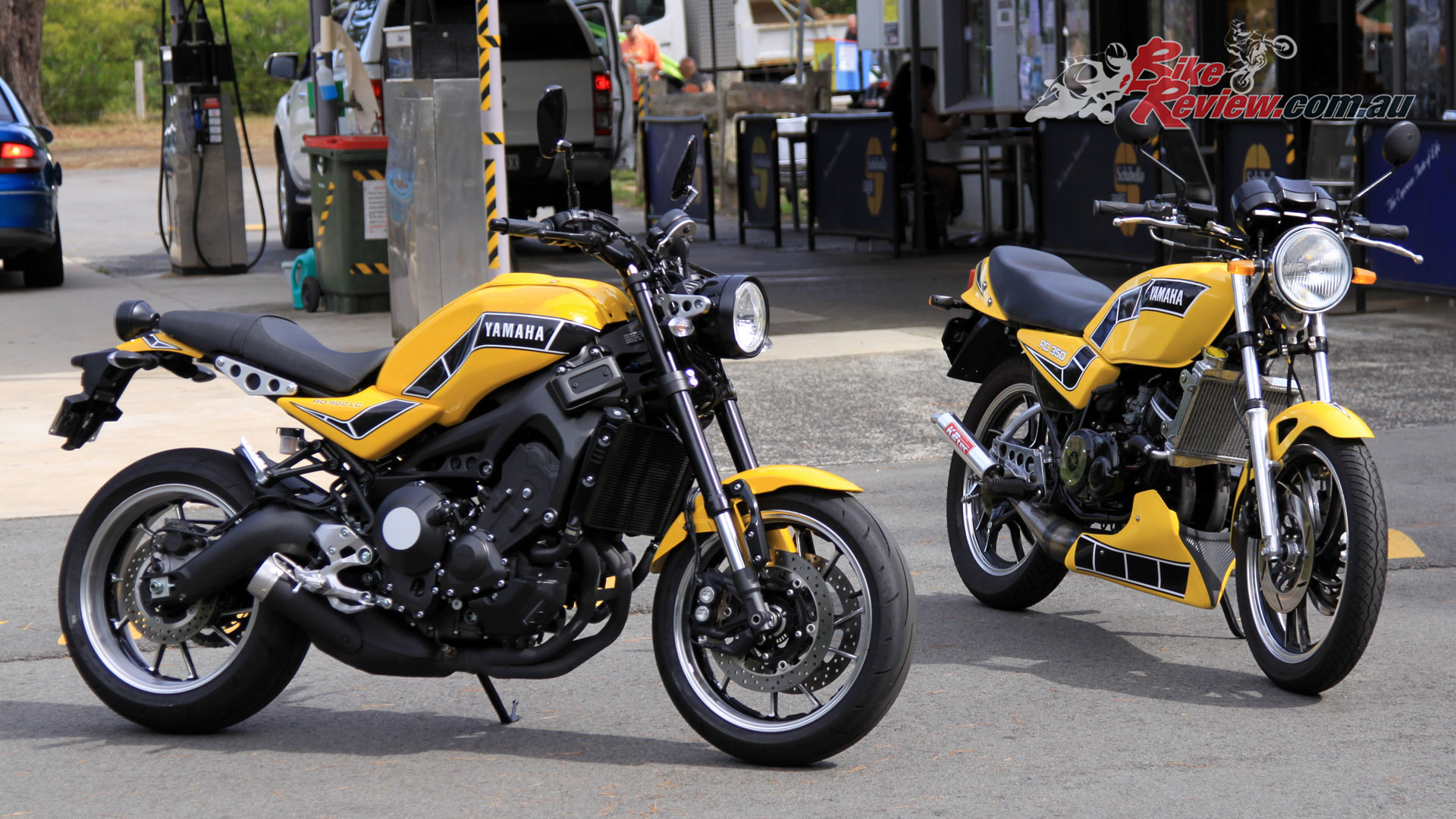
The XSR900 hasn’t changed much since testing in 2016, however it’s still a great option. The RD350LC (right) was also a weapon of choice in its day.
With the Kenny Roberts colours, the bike looks amazing and in my opinion, so much better than the standard bike, but as you can see by the colours on my own bike, I’m slightly biased. Growing up in the UK in the ‘80s the RD250LC and 350LC were the bikes to have, there was simply nothing faster for carving through the B roads and narrow lanes and mountain passes of the Lake District where I lived.
This RD900 (XSR) may not be a true RD, being a four-stroke, and the purists will probably slate Yamaha OZ for even sticking those badges on the side, but if your like me and grew up in that era and wanted to relive your youth, then this has to be a great option. Not many people are going to want to get a two-stroke if they are getting back into motorcycling, I have three and I can tell you that they are not the most practical of bikes.

As a classic two-stroke owner, they aren’t the most practical option, in particular for an everyday ride!
Both my RD and my Kawasaki triple smoke so much when first started that you can hardly see behind you and both bikes use oil and petrol like it’s going out of fashion, so a modern retro four-stroke version seems like a good idea.
With the XSR you get map modes, traction control, ABS and even a slipper clutch and riding alongside my RD350LC I’ve been only using one (14L) fuel tank to every two in the RD, so that’s a bonus.
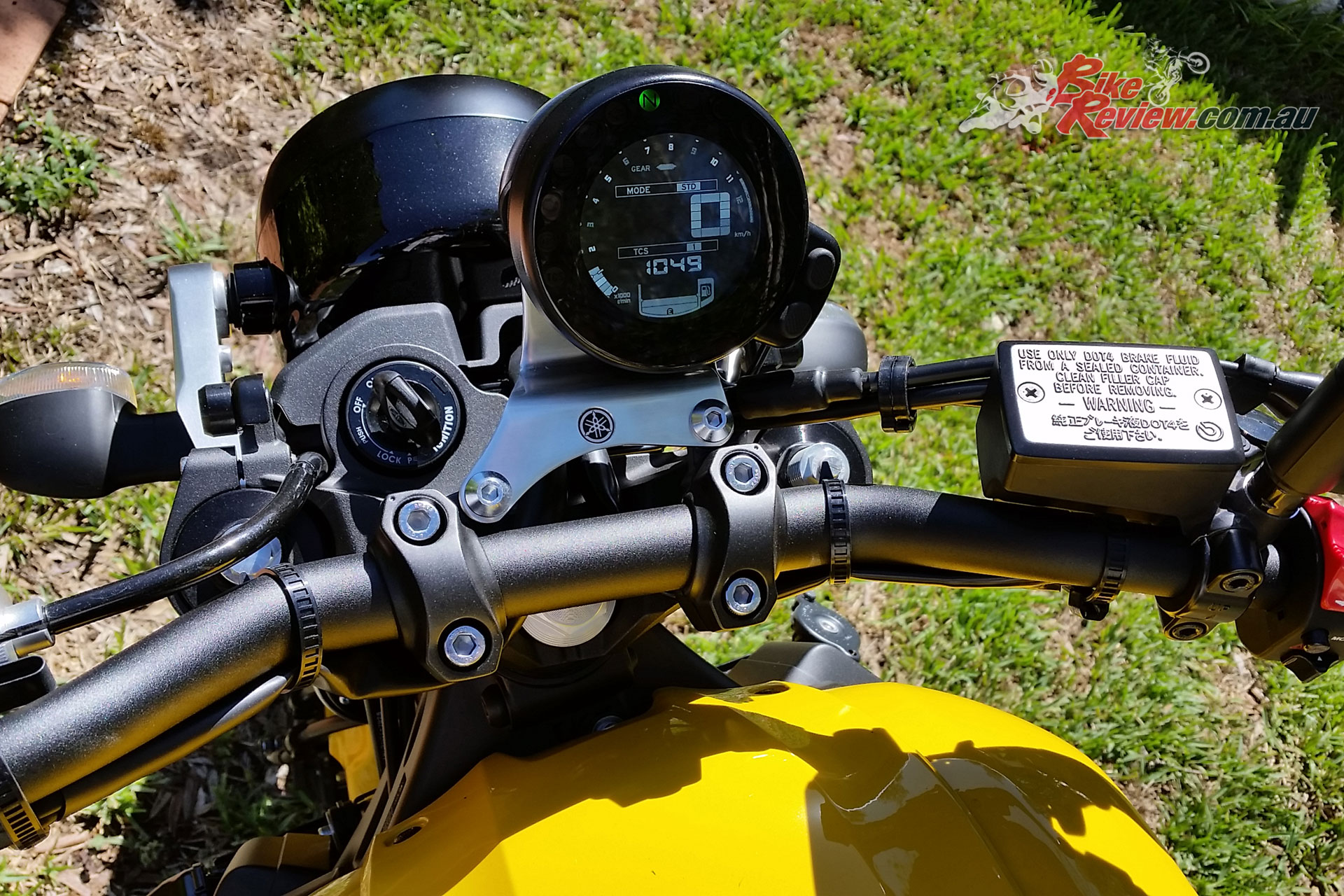
Instrumentation certainly isn’t old school, with ABS, traction control and ride modes all standard on the XSR900.
The XSR is so much fun to ride that even our photographer Graham, a dedicated sportsbike lover was hitting the internet after his time aboard the bike, searching for prices and vowing to convert his Fireblade for track use only – impressive stuff.
Since the XSR900 was first released in 2016, I remember that the throttle was a bit snatchy in the A mode and it’s still the same, so I found myself riding mainly in STD mode, which really smooths things out. You also get B mode, which makes the bike smoother still, but comes at a cost of reduced power, although perfect for slippy or damp conditions and still enough mumbo to lift the front wheel.
The three-cylinder 850cc engine is amazing, it has to be one of the best engines ever, with performance, torque and power from everywhere in the rev-range and when you slip-on a aftermarket muffler, as I had on a XSR a week or so ago, the bike also sounds awesome.
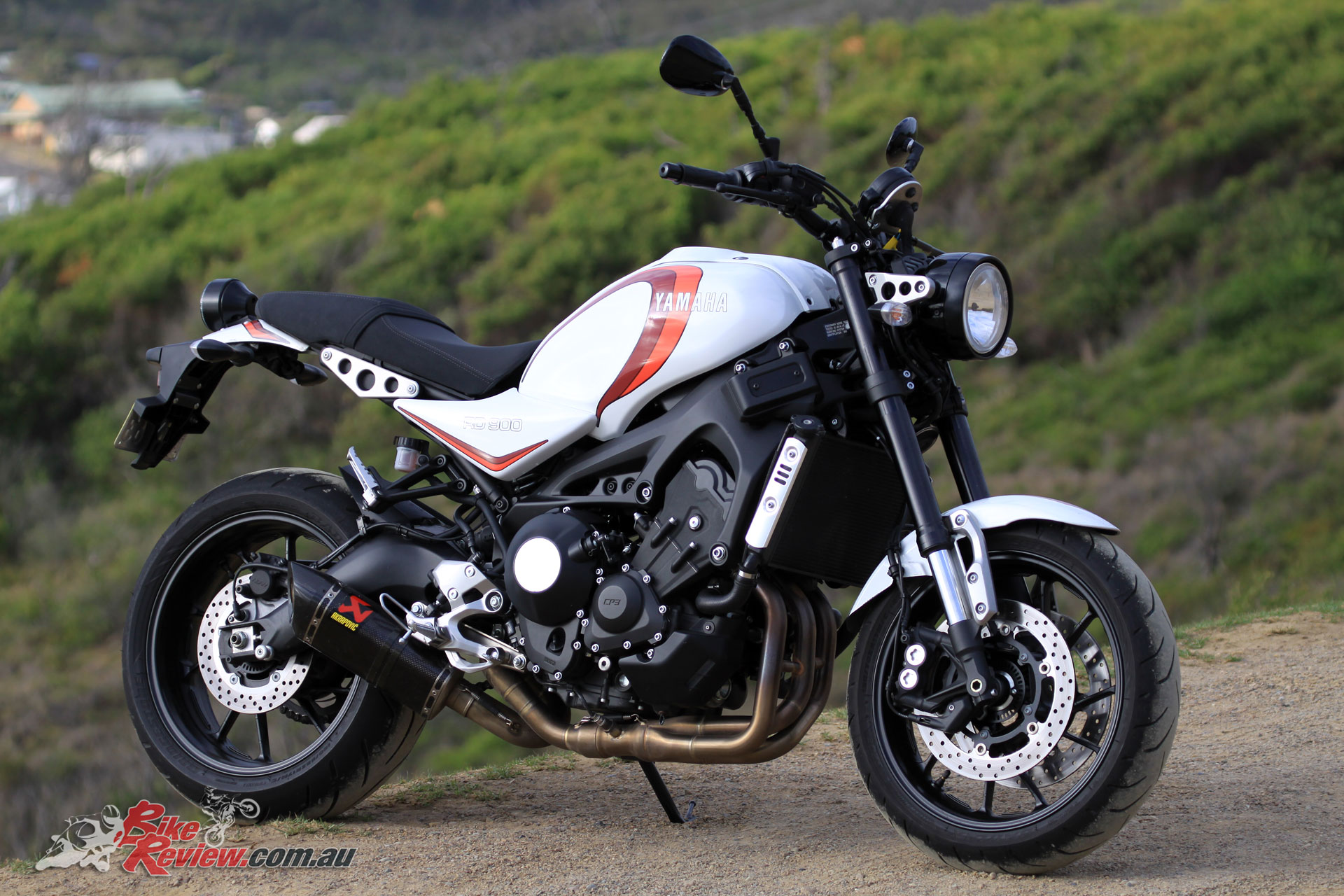
The previously tested ‘RD’ styled XSR900 custom also from Yamaha, fitted with an Akrapovic exhaust and had some real growl
The standard muffler is fairly quiet, although it looks good, is nice and low down, it’s also tucked well out of the way revealing the handsome alloy banana shaped swingarm.

The underbelly exhaust is quiet, but centralised and out of the way, showing off the banana swingarm.
Riding the bike on average roads the suspension was set on the firm side, but once in the smooth twisties, I wouldn’t wish to be on anything else. The wide bars offer great control and minimal input is required to flip the XSR from left to right, in fact, it changes direction very quick, it kind of reminds me of my old Buell XB12S, especially in the ride position right over the bars, and it wheelies just as easy.
The thing that really puts a smile on my face – as fellow rider Graham also pointed out – was the drive out of corners, it doesn’t seem to matter what gear you are in, it just drives out like a missile.
The suspension is also not bad, it’s not overly sporty and offers reasonable ride comfort if you plan on doing any distance, while you also get pre-load on the rear along with rebound. That’s the same story on the front-end’s 41mm inverted forks, which allows the rider plenty of adjustment to suite their riding style or weight.
Stopping the XSR are ABS equipped brakes with dual 298mm floating rotors squeezed by radial mount, mono-block, four-piston calipers, which offer great power and feel.

The XSR900 has good specifications and strong performance, with the Kenny Roberts colour scheme really bringing out the best in the bike.
Like I said before, I really love this bike, but if it were mine I’d have to lose the rear light, I hate it. I’d probably also fit a headlight from a RD and maybe some retro clocks, I mean if your going to have a RD badge on a four-stroke you may as well go the whole hog and make it look a bit more like one.
You can check out our full review of the standard 2017 Yamaha XSR900 and check out the tech section below.
XSR900 Tech Talk
The XSR900 ‘RD900LC’ pictured has been lightly modified by Yamaha Motor Australia, in adding the Kenny Roberts livery and polishing the wheels, and was on display at the 2017 Sydney Motorcycle Show as part of the brand’s stand, alongside another customised XSR700.
Featuring a bore and stroke of 78mm x 59.1mm to give a displacement of 847cc, the four-stroke DOHC four-valve engine straight from the first generation MT-09 runs with a compression ratio of 11.5:1.
Forged aluminium pistons are fitted with fracture split (FS) conrods and the 78mm diameter pistons run in direct-plated cylinders, which ensure effective heat dissipation. The 120º crank delivers a regularly-spaced firing sequence at 0º, 240º and 480º, that ensure a linear delivery together.
To minimise unwanted vibration while still allowing riders to enjoy the engine’s strong power pulses, the powerplant is equipped with a primary coupled-force counter rotating balancer. To handle the wave of low to mid-range torque, the XSR runs with a relatively high primary reduction ratio of 1.708.
The EFI system features twelve-hole injectors designed to deliver an atomised fuel spray with a droplet size of only a few microns. These injectors are attached directly to the cylinder-head, a design that ensures the highly precise injection of fuel directly at the valve skirt to give good fuel efficiency.
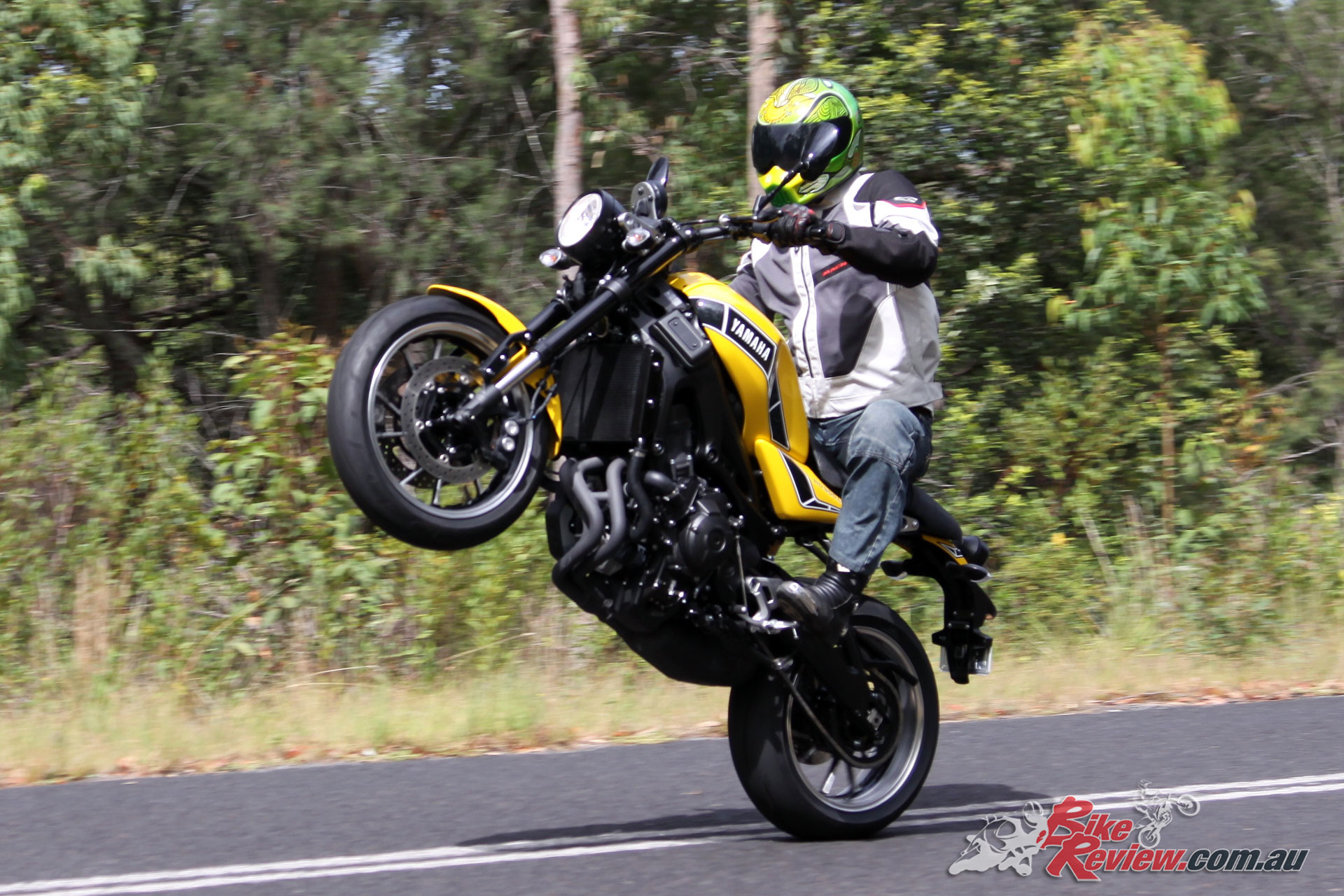
The XSR900 uses a Ride-by-Wire (YCC-T) throttle and includes traction control and rider modes as standard
Another feature, which is designed to enhance the engine’s strong torque characteristics, is the downdraft intake system, which utilizes three intake funnels of unequal length.
The XSR900 is fitted with an integrated three-into-one exhaust system and short muffler featuring three internal expansion chambers. To achieve a strong exhaust pulse effect, the three stainless steel exhaust pipes feature connecting tubes between pipes 1 and 2, and between pipes 2 and 3.
A specially-designed oil pan enables the three exhausts to run tightly against the engine to give a deep banking angle of 51º, allowing the XSR900 rider to enjoy supersport-levels of cornering performance.
The Yamaha Chip Controlled Throttle (YCC-T) is derived from the YZF-R series. This ‘fly-by-wire’ system senses throttle action, and the ECU instantaneously actuates the throttle valve to give an immediate engine response and allows the three stage plus off traction control system.
The XSR chassis is a control filled aluminium die-cast unit that is split into halves and bolted together at the headstock and rear pivot point. This gives a weight saving of over 10kg when compared to regular techniques, such as with the old FZ8. The swingarm is also CF aluminium die-cast, with the two sides welded together. The swingarm pivot, interestingly, is on the outside of the frame, making the frame and footpeg span narrow for better ground clearance and comfort.
The suspension on the XSR900 offers rebound adjustment on the front only, and rebound and preload on the rear. The forks are 41mm and held by a forged lower and cast upper triple-clamp. The shock is house in a horizontal position beneath the seat contributing to the bike’s centralisation of mass.
Braking is ABS equipped with 298mm floating stainless steel rotors and radial-mount four-piston calipers. Sintered pads are fitted standard and the rear disc is a 245mm unit with a pin-slide caliper.
The 14L fuel tank features deep knee recesses and stylish curves. The ‘bars are tapered cast alloy and feature a new slide type starter switch that incorporates the kill switch. The cafe racer style LCD display includes a gear position sensor as well as tacho and speedo.
Yamaha XSR900 Specifications
Price: $12,990 + ORC
Warranty: Two-year/unlimited kilometre
Claimed power: 84.6kw[115hp]@10,000rpm
Claimed torque: 87.5Nm [63lb-ft]@8500rpm
Claimed weight: 195kg with 14L fuel
Fuel capacity: 14L
Engine: 847cc liquid-cooled inline three-cylinder four-stroke, 78 x 59.1mm bore x stroke, 31mm IN and 25mm EX valves, 11.5:1 compression
Gearbox: Six speed, constant mesh
Clutch: Wet, multiple-plate, hydraulic actuation non-slipper
Chassis: Die cast CF aluminuim two-piece, die-cast aluminium CF swingarm Wheelbase: 1440mm,
Rake: 25º, Trail: 103mm
Suspension: Front: Inverted 41mm forks, rebound adjustment, 137mm travel.
Rear: Link Monoshock, preload and rebound adjustment, 130mm travel.
Brakes: Front: Four-piston radial-mount calipers, 298mm stainless steel rotors. ABS.
Rear brake: Single-piston slide caliper, 245mm stainless steel rotor. ABS.
Wheels & Tyres: light alloy, 3.50 x 17in & 5.50 x 17in, Bridgestone S20 120/70 – 17, 180/55 – 17.
Dimensions: Seat height: 815mm, Overall Height: 1135mm Overall Length: 2075mm
Instruments: Digital multi function central display
Yamaha RD350LC Specifications
Check out the full restoration feature on Pommie’s 1981 Kenny Roberts RD350LC here..
Claimed power: 47hp[34.5kw]@8500rpm
Claimed torque: 40.2Nm@8000rpm
Wet weight: 149kg
Fuel capacity: 16.5L
Engine: Liquid-cooled two-stroke parallel twin-cylinder, 347cc
Gearbox: Six-speed
Clutch: Multiplate wet
Final drive: Sealed chain
Chassis: Tubular mild steel, double down tubes, mild steel tubular swingarm
Suspension: 32mm stanchion tube forks, rear single shock cantilever five-way spring preload
Brakes: Dual single-piston calipers, 267mm discs, rear drum brake
Tyres: 3.00-18, (f) and 3.50-18, (r)
DIMENSIONS:
Wheelbase: 1365 mm
Seat height: 785mm
Instruments: Analogue



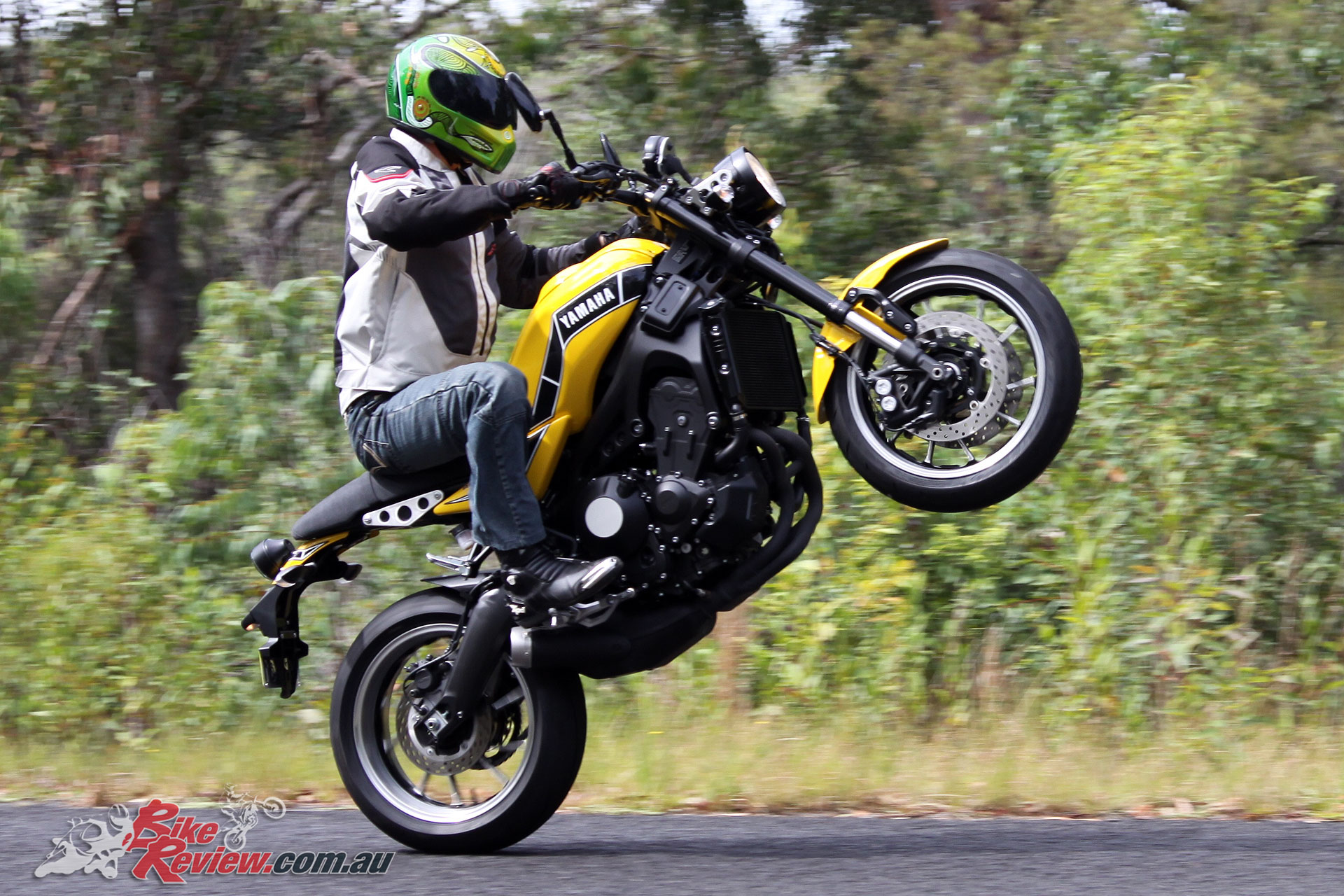
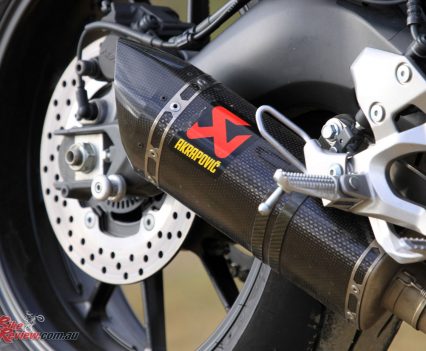
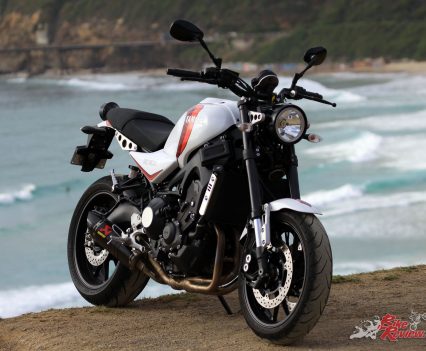
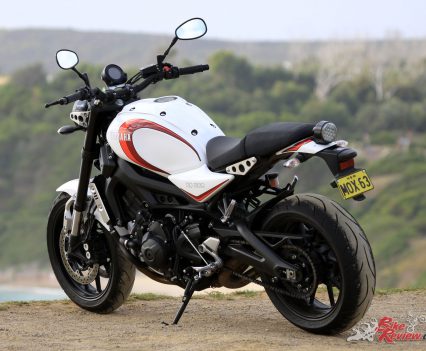
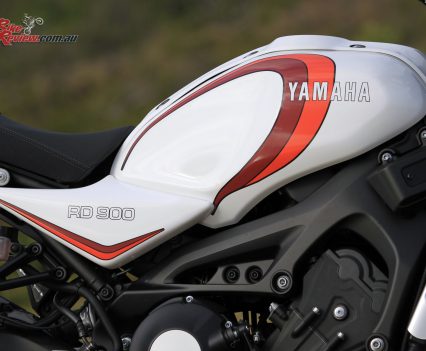

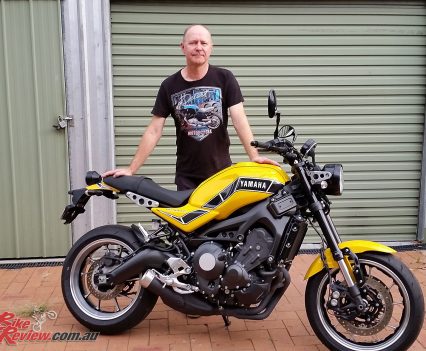
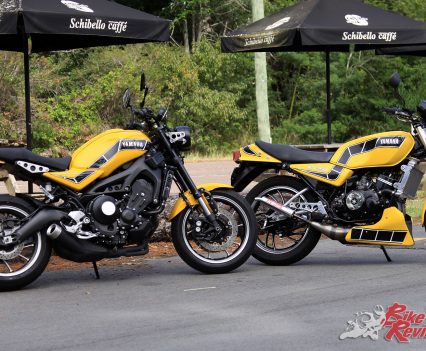
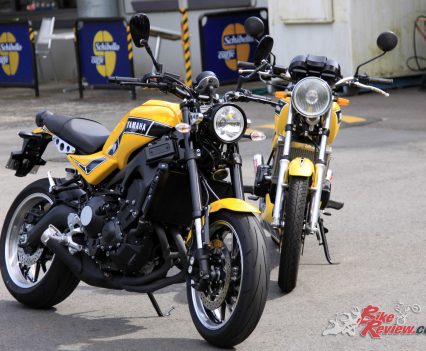



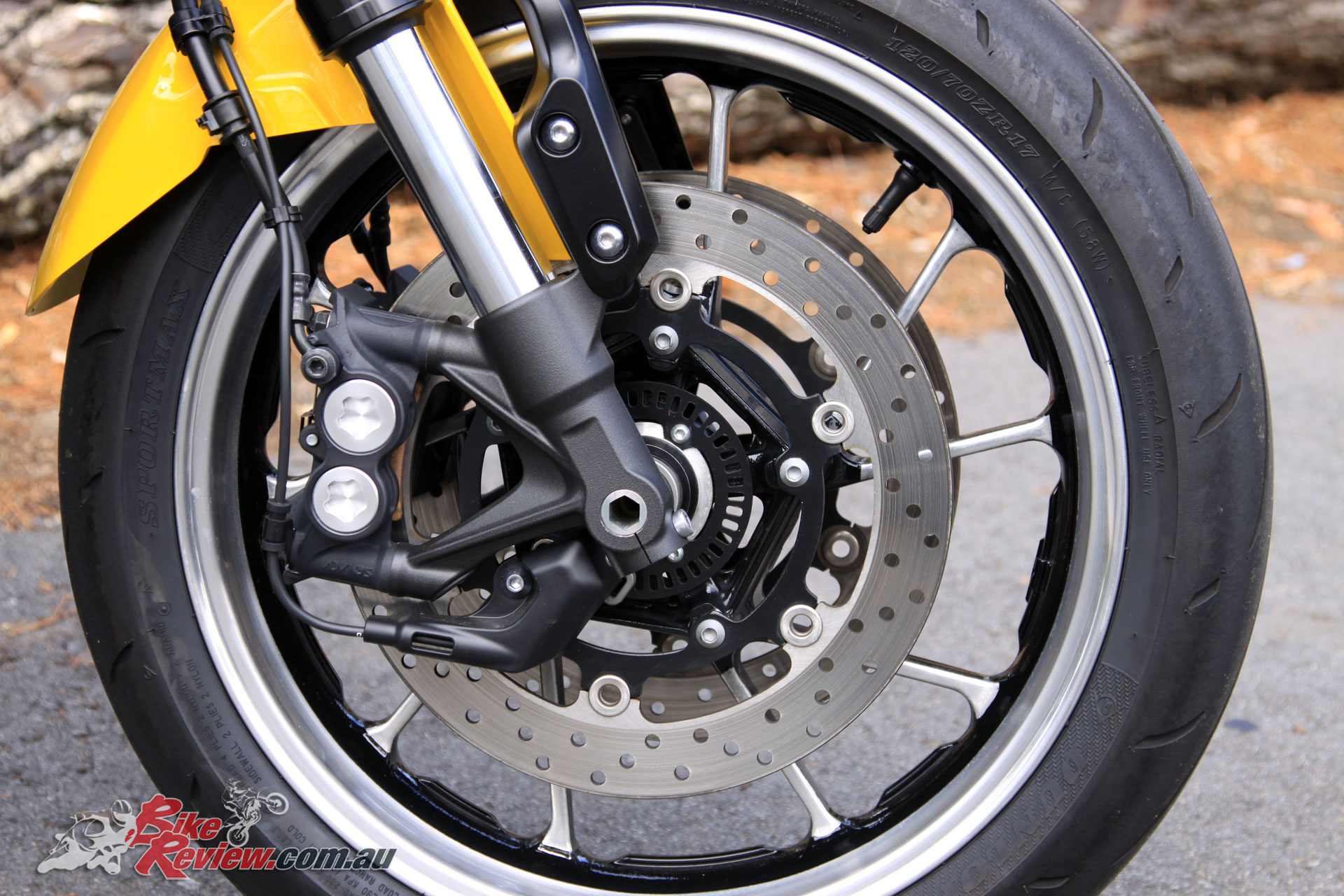

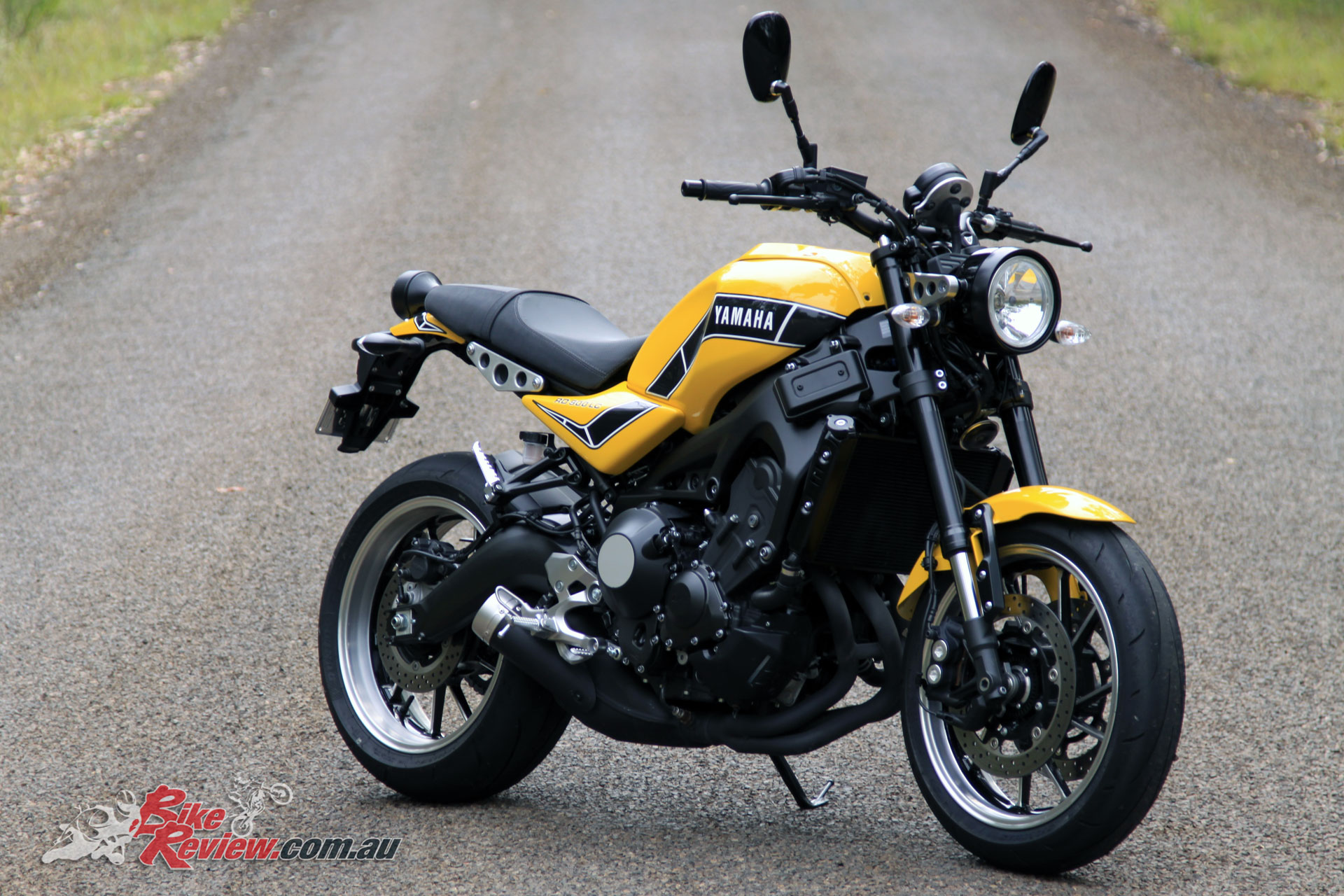


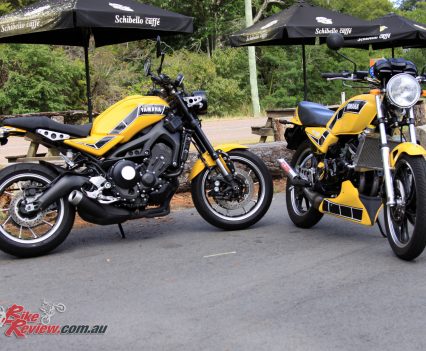
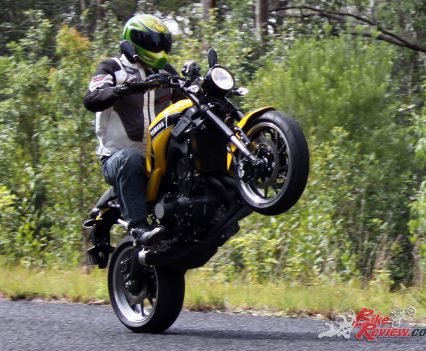
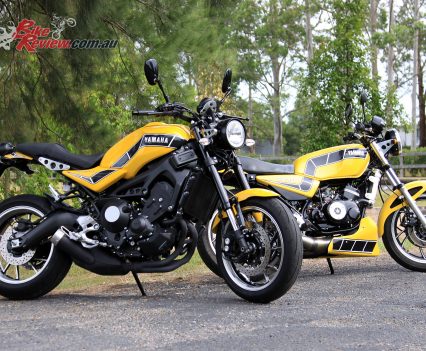
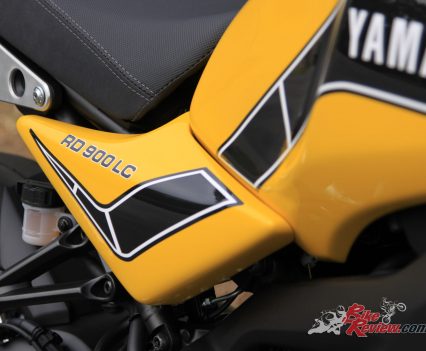
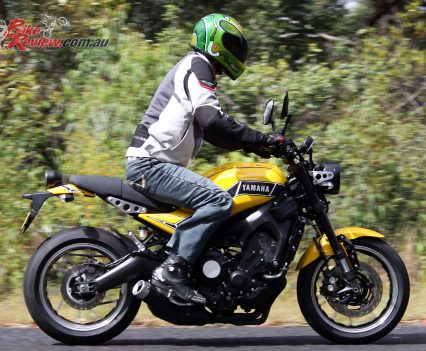
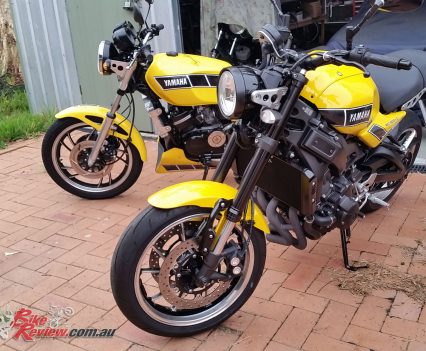

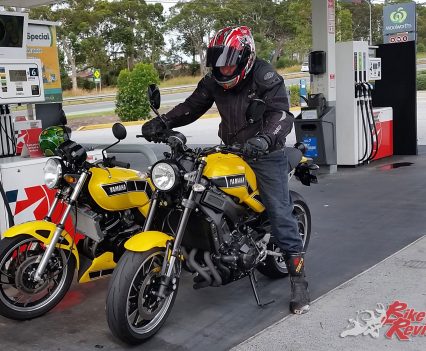






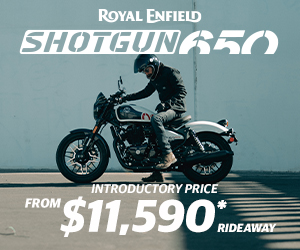
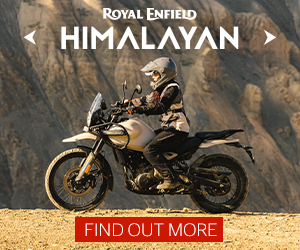
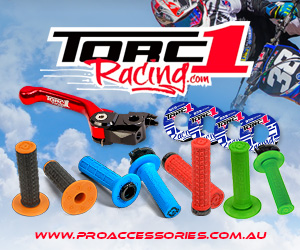



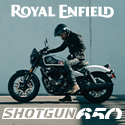



May 19, 2018
I can’t for the life of me understand how I missed this bike first time around? Spotted it in an old copy of Motorcycle Trader from August ,2017.., I must have been blind to not see the advertisement on reading the mag.? For an old nostalgic 2T head, a 4T engine called the RD900LC that truly looks the part, comes as a shock, but sharing the MT09 engine is a stroke ( no pun intended. ) of pure genius.🚲😁🙋👍 Having woken from my delirium, I want all the information I can get on this motorcycling jewel. Tremendous effort Yamaha. I now want my old RD350 back, and it’s not with envy that I look both back and towards the present, it is with awe.
July 31, 2018
Hi where can I get a set of side panels like the ones on the white and red rd900
August 4, 2018
Hey Dave, those were custom painted specifically for this bike, along with the rest of the bodywork.
August 27, 2018
Where can i get the small side panels between tank and seat? They don’t come with standard XSR900.
February 14, 2021
Hi who supplied the side panels .